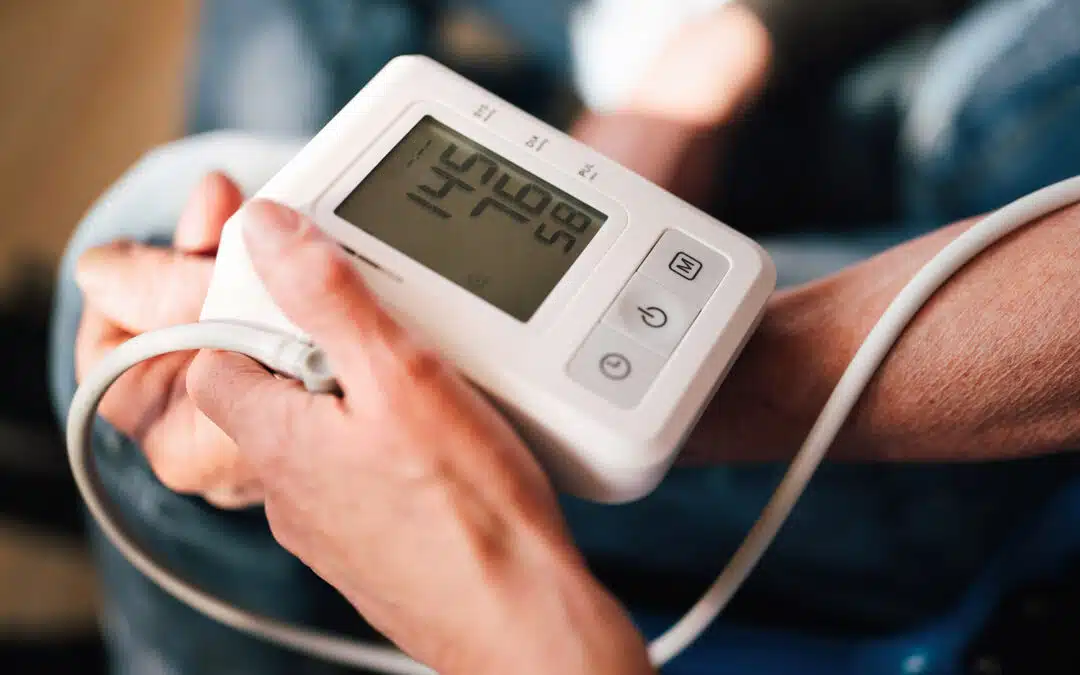Strokes are among the top five causes of death in America, but even if a stroke doesn’t lead to death, it can still cause lifelong damage. What’s more, once a stroke begins, every second counts, so it’s vital that help is sought out as quickly as possible. In order to act fast, you need to know what a stroke is, what it can do, and what signs to be on the lookout for so that no time is wasted. Thankfully, while strokes are a very serious and life-threatening condition, there are several indicators that can serve as warning signals for those who are aware of them.
What is a Stroke?
A stroke is an attack on the brain caused by damage to or clots within the blood cells. There are two kinds of stroke:
- Ischemic – Occurs when a clot is blocking blood flow to the brain, cutting off the oxygen supply to affected brain cells
- Hemorrhagic – Occurs when a blood vessel bursts, bleeding into brain tissue and damaging brain cells
If the stroke victim is unable to get help in time, brain cells may be deprived of oxygen and permanently damaged, which will in turn damage bodily functions controlled by those brain cells.
What is Pre-Stroke?
Sometimes, there is a smaller, temporary clot that is quickly resolved, though the symptoms will be similar thanks to the effect such clots have on the brain. This is known as a Transient Ischemic Attack (TIA) or “Pre-Stroke,” and often points to a more life-threatening attack on its way.
TIA victims should talk to a medical professional immediately about the next steps, but they will often be put on a thrombolytic drug (which is meant to resolve clotting) to reduce their risk of a bigger stroke that could potentially be fatal or otherwise permanently damaging.
Are There Warning Signs Days Before a Stroke?
Indeed, there are, and those earlier warning signs are the pre-strokes or TIAs. Because these are often the precursor to a bigger stroke, it’s absolutely necessary that you seek emergency medical attention if you believe you’ve had or are having a pre-stroke. They can occur in as little as 24 hours before the potentially lethal one or as far as 7 days prior to it, but you absolutely cannot count on the longer window of time! If you don’t take immediate action during or after a TIA, you are much more likely to suffer permanent damage (if not worse) when the big one comes.
What are the 5 Warning Signs of a Stroke?
The five primary signs of a stroke are:
- Numbness or weakness in one half of your body, which will also help determine which half of your brain the stroke is taking place in (one side of your brain controls the opposite side of your body, so if there’s damage on the right side of your brain, the left side of your body will show symptoms and vice versa).
- Impaired vision in one or both eyes.
- Difficulty speaking or understanding what’s happening around you.
- Sudden dizziness or balance issues resulting in trouble walking.
- Sudden and unexplained extreme headaches.
These are all extremely serious symptoms, even if you’re only experiencing one or two. If you notice that you or someone around you is exhibiting these symptoms, make note of the time the symptoms started and call 911 immediately.
The most common and easily remembered acronym to help people recognize the symptoms of a stroke and act accordingly is F.A.S.T.:
- Face drooping – Your face has started to droop or go slack on one side
- Arm weakness – This weakness actually applies to your face, your arm, or your leg on either side
- Speech difficulty – Your words are slurred or jumbled and you’re having trouble understanding others
- Time to call 911! – You should call 911 if you’re experiencing any single one of these symptoms
Though less common, other possible symptoms of a stroke may include nausea and vomiting along with vertigo. Additional symptoms stemming from the ones listed above may occur, including trouble walking (because of the loss of balance) and confusion (from difficulty understanding). It’s important to note the approximate time that any symptoms began and list all relevant symptoms noticed in the stroke victim. The emergency room physician will need to have an accurate timeline in order to quickly assess a plan of action for treatment.
What are the Signs of a Silent Stroke?
Silent strokes are tricky because they either present no symptoms or the patient can’t remember having them because of the damage that was done. Due to the lack of signs and symptoms, it’s difficult to actually prepare for this threat. Such strokes often go unnoticed until either: 1) the damage is done and the after-effects are what alert loved ones to the occurrence of the stroke, or 2) the damage (if any) was mild, but discovered in a later brain scan.
The most common signs of a silent stroke after the fact are minor memory problems, though victims of silent strokes may also wind up needing extra help getting around. The best way to prevent this nearly undetectable threat is to make sure that high blood pressure is treated (as high blood pressure can contribute to your chances of having a stroke) and maintaining a healthy to improve blood flow.
What to Take Away
The most important thing to do if you notice yourself or someone around you experiencing any of the above symptoms is to act fast! Every second that your brain cells go without oxygen is a higher chance that there will be lasting damage throughout the body, so the faster you get medical help to either avoid or treat a stroke, the better your chances of surviving and being able to maintain a functional lifestyle.
Even a sudden extreme headache with no apparent cause can be an early warning sign of a stroke, so it’s recommended that you seek medical attention even if you don’t think it’s going to be that big of a deal. Such headaches can be indicative of a TIA, in which case you’re going to need to follow up with a doctor as soon as possible.
If you have experienced a stroke or are susceptible to having one, contact us today. We can offer treatment and a plan for a healthier future at our brand new state-of-the-art clinic with a team of world-class physicians ready to get you on the right track today.






